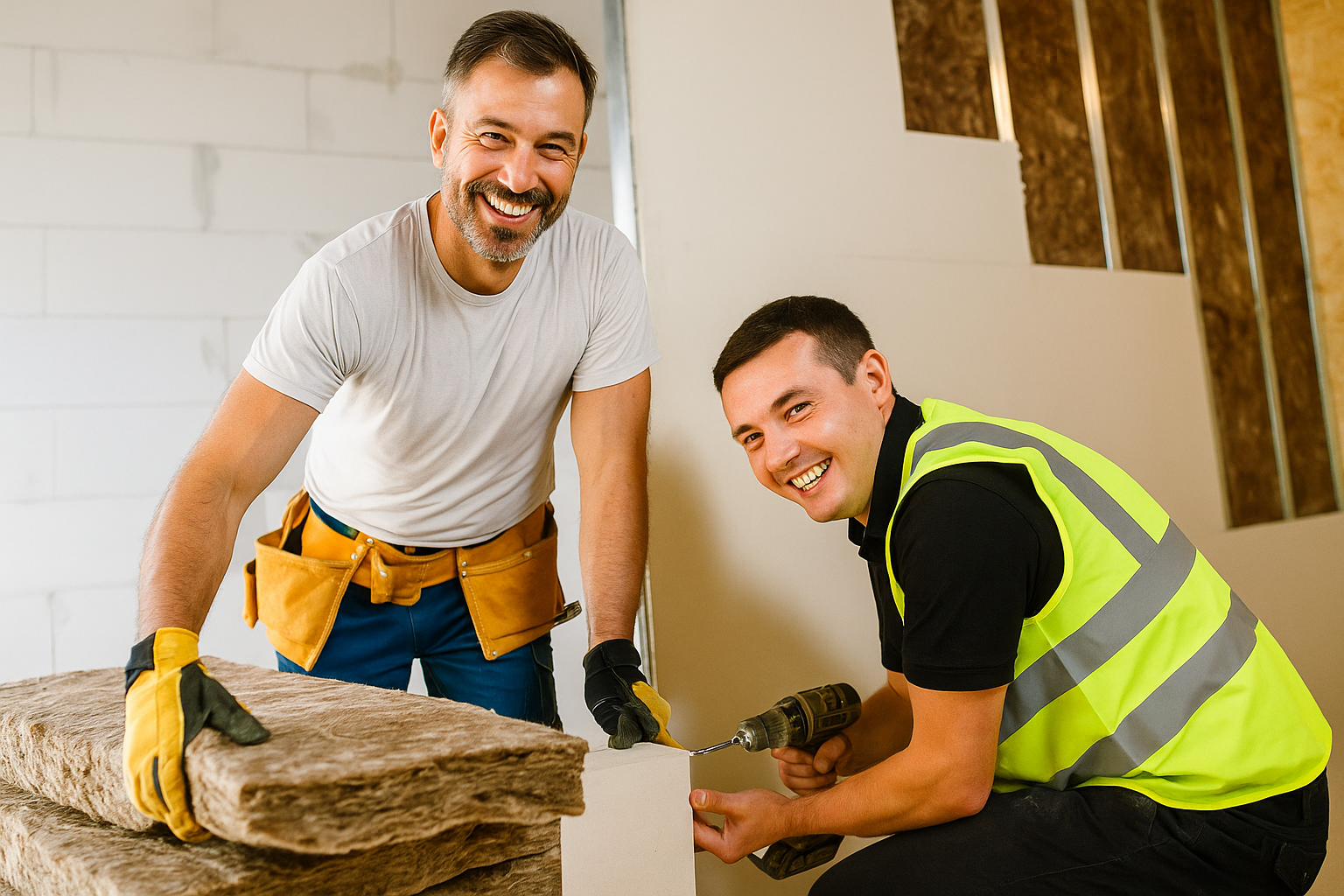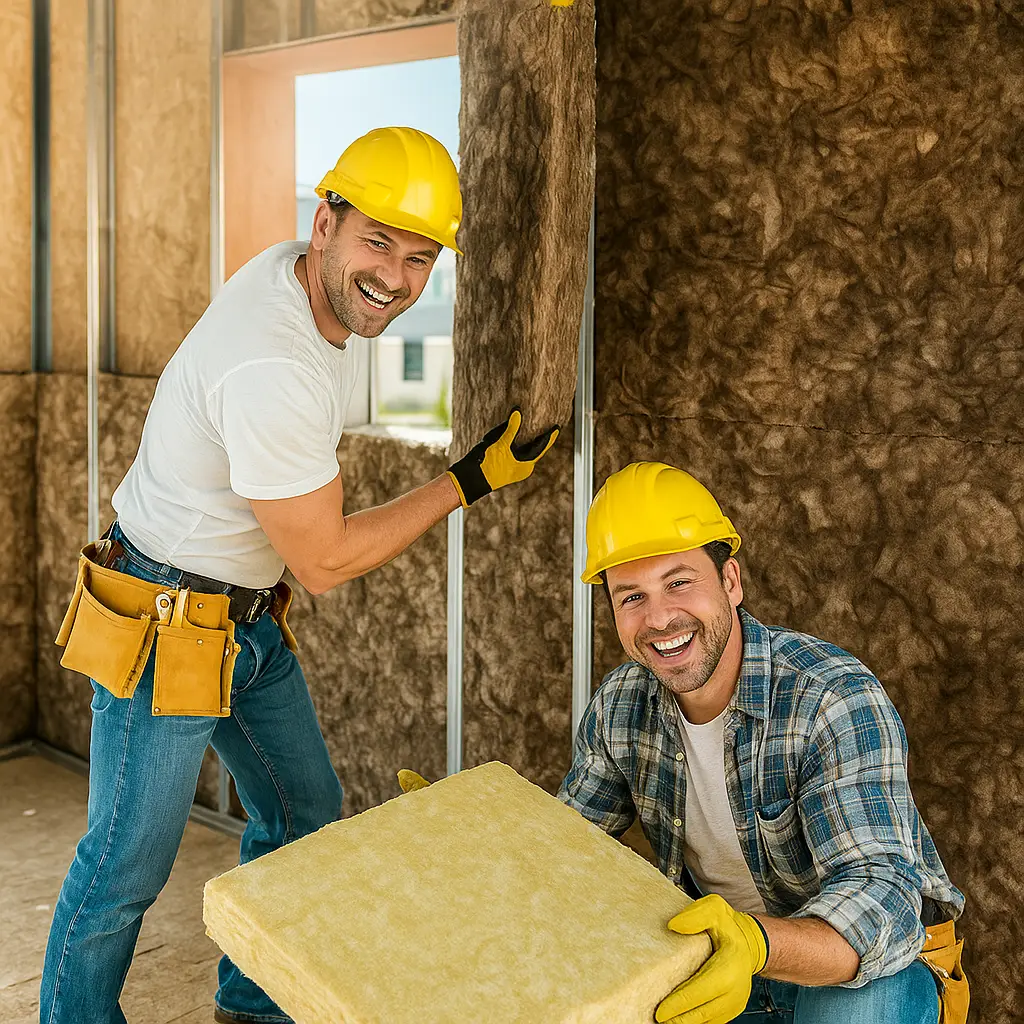The Challenge of Noise in Today’s Construction
Controlling sound in today’s buildings is much tougher than it might seem. The rise of open-plan homes, modern materials and quicker construction methods has all made it easier for sound to travel where it’s not wanted. Whether it’s a busy road outside, a humming boiler, or footsteps from the floor above, unwanted noise can turn a calm space into a stressful one.
At Ratio Seven, we often see how a noisy environment can affect concentration, rest and even health. That’s why soundproofing techniques are more than just an afterthought; they need to be designed right at the start of any project.
Modern soundproofing brings together several areas: thoughtful building design, solid engineering and materials that keep budgets in check. The idea is simple: make sure every part of the structure plays its role in blocking or absorbing sound. This means builders, architects and developers all need to work together closely.
Smart Soundproofing Techniques Start With Good Design
One of the best ways to reduce unwanted noise is to start with the layout of the building. Think about where each room will be. Noisy spaces such as kitchens, utility rooms, or home cinemas are best kept well away from bedrooms and quiet living areas.
When it comes to materials, using twin-layer plasterboard and high-performance acoustic insulation is a good move. These soak up sound effectively and stop it from leaking from one part of the building to another. If you’re looking into energy ratings too, combining soundproofing with services like our SAP calculations can help you meet both acoustic and thermal standards.
We also can’t stress enough how important it is to seal up gaps. Even the tiniest crack around a door or pipe can become an open tunnel for noise to pass through. Using the right type of acoustic sealant matched with precise air-tightness checks, which you can learn more about at our Air Testing FAQs page, strengthens your soundproofing from the start.
Don’t forget mechanical systems, too. Boilers, HVAC systems and water pipes can hum or rattle, sending vibrations straight into a room. Using isolation mounts or constructing these elements on special floating pads can stop vibration in its tracks.
Structural Soundproofing Techniques That Deliver Results
To reduce noise between rooms or floors, the structure itself needs to take on the job.
Double-stud walls are one of the most effective designs. They create two separate wall frames with a gap in between, so sound has no direct path to travel. This might take up a bit more floor space, but we’ve seen it make a huge difference. For those with tighter spaces, staggered stud walls provide a similar break in transmission without using as much room.
Floating floors are another method. These sit on top of materials like rubber, cork or acoustic underlay, separating them from the base structure. This extra layer absorbs footfall and vibration. It’s especially useful for upstairs bedrooms or flats with multiple levels.
Inside cavity walls and ceilings, using dense acoustic insulation such as mineral wool helps muffle sound even more. From new builds to upgrades, combining these layers is where real performance kicks in.
Acoustic Insulation Techniques for Basement Projects
Basements present their acoustic problems. Sound easily travels downward from upstairs spaces and bounces off concrete walls. Whether you’re building a home cinema, gym or spare bedroom, adding proper soundproofing here is not just smart, it’s necessary.
We often begin with door sweeps and weatherstripping to keep sound from leaking around openings. Adding these to doors and windows keeps more noise in or out.
Basement ceilings and floors should also be addressed with floating systems or acoustic floor mats, stopping both airborne noise and vibration from passing through. Double stud walls are a good fit here, too, creating extra gaps where sound can be disrupted.
If you’re planning a conversion and want to go deep into planning and specification, our building regulations and specification advice offers helpful starting points.

Real Examples That Show It Works
At Ratio Seven, we’ve worked on several projects that worked acoustic strategy straight into the build process. One recent project involved a residential property near a rail line. By applying staggered stud walls filled with acoustic insulation and treating windows with acoustic-grade sealants, internal noise dropped significantly.
Another job focused on a commercial office space where meeting rooms were affected by mechanical noise from overhead ventilation. Here, isolating the ductwork and adding soft ceiling panels brought the environment back to a comfortable level for the team.
Every building is different, but these case studies highlight something we’ve learned through experience: layering different soundproofing techniques gives the best results.
Soundproofing in Offices, Shops and Busy Spaces
Homes aren’t the only places affected by sound transmission. Commercial environments like offices, schools or healthcare buildings also suffer when noise gets out of hand. Too much sound bleeds into working areas, people struggle to focus or sleep, and privacy is lost.
Blocking, absorbing and dampening noise together often gives the best outcome. Sealing gaps with precision air testing, carried out through our commercial air testing services, and choosing the right acoustic insulation helps control both indoor and outdoor sounds.
Mechanical areas are a typical weak spot, so isolating them makes a big difference. Our whole technical planning process, available through technical coordination, covers how best to manage this early in the design phase.
Layering Soundproofing Techniques Makes All the Difference
No single product or trick gives you perfect peace. But when you line up structure, materials and design in the right way, you create a much quieter, more enjoyable space.
It starts with layout choices, where rooms go, how people will live or work in them and how sound might move. Then come the barrier methods: floating floors, sealed gaps, and acoustic insulation within partitions. From there, add absorbent layers and mechanical isolation. Each element reduces sound in its way, but together they give you control over your acoustic expectations.
We often advise combining this with tools like a heat loss survey to make sure thermal comfort is not sacrificed along the way.
FAQs
How do I know if my house needs soundproofing?
If you hear footsteps, voices or machinery from other rooms or outside, or if private conversations are easily overheard, soundproofing may help. Loud spaces like music rooms or home offices are usually the first to show these signs.
Is it expensive to soundproof a room?
It depends on the method and materials. Sealing gaps is low-cost. Structural changes like floating floors or double walls cost more but give better results. Our build cost reduction approach helps keep budgets sensible.
Can soundproofing help energy use, too?
Yes, adding dense insulation also improves thermal performance. You’ll reduce heat loss and cut down on noise at the same time.
Do commercial buildings need soundproofing?
Absolutely. Offices, clinics and retail spaces often have machines, conversations and traffic noise to deal with. Managing this improves comfort, focus and privacy.
Wrapping Up: Soundproofing Techniques That Bring Comfort and Control
Making buildings comfortable is more than just keeping the heat on or having good lighting. Controlling sound plays a big part, too. From private homes to multi-storey commercial projects, smart soundproofing techniques make life better in countless small ways.
Whether it’s installing floating floors, combining dense acoustic insulation or sealing every little gap, it’s all about stacking up strong solutions. Every project can benefit from thinking about sound early and applying thoughtful layers all the way through construction.
If you’re starting a new build or improving an existing space, our team at Ratio Seven can help with everything from construction specification to live project coordination. Get in touch via our contact page or explore more services. Let’s create quieter, more peaceful spaces together.




